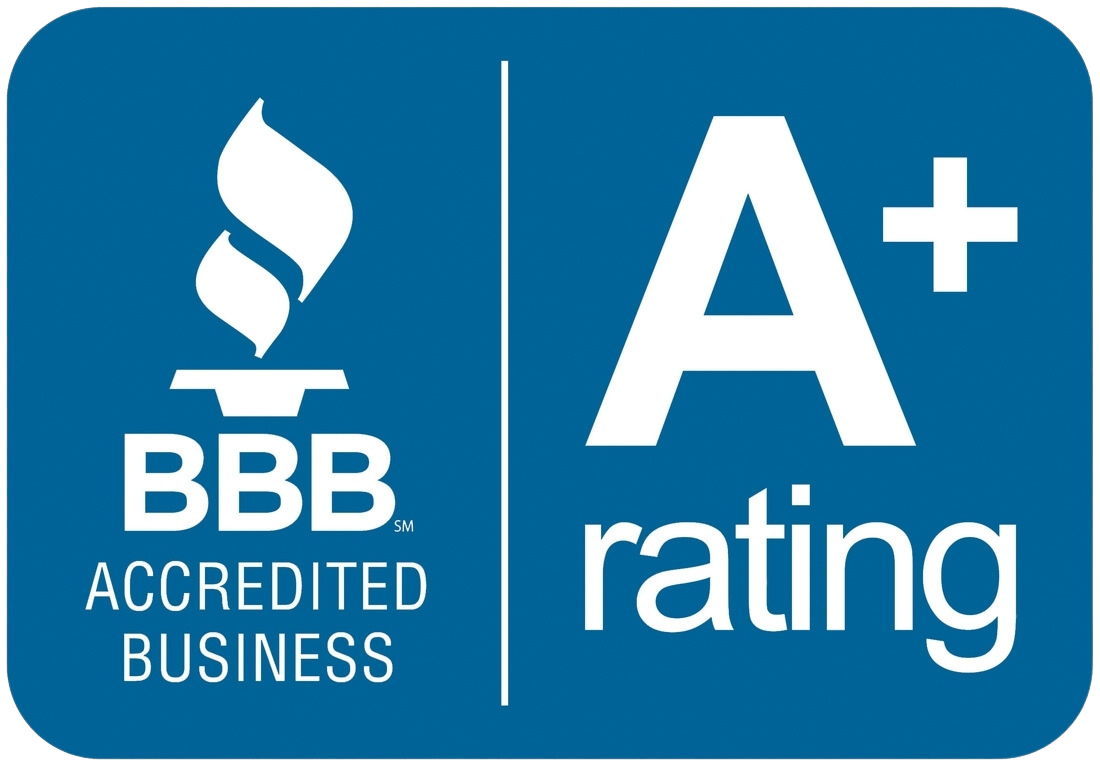You’ll Be Surprised Which Hardwood Floor Finish Lasts Longer

When choosing a hardwood floor, most homeowners focus on species, color, or board width. While those choices shape the look of your floors, it’s the finish that determines how well they stand up to time, foot traffic, spills, pets, and general wear. The floor’s finish acts as a protective barrier, its first and often only defense against daily use. Yet, many are surprised to learn how different finishes perform over time. Choosing the right one can make the difference between floors that last decades and those that show signs of wear in just a few years.
Understanding which finish lasts longer isn’t just about years, it’s also about how the finish holds up under specific circumstances. Some finishes are more resistant to scratches but may fade faster under sunlight. Others maintain their appearance longer but are more vulnerable to moisture. What works best in a busy kitchen might not suit a quiet bedroom. Let’s compare the most common hardwood floor finishes to see which one truly holds up over time and under real-life conditions.
Oil-Based Polyurethane: The Longtime Champion
Oil-based polyurethane has been a trusted favorite for decades. Known for its durability and rich, amber tone, this finish forms a thick, protective layer that resists abrasion and moisture well. One of the reasons it lasts so long is its hardness. Once cured, it creates a solid barrier that shields the wood underneath from heavy foot traffic, spills, and general wear.
It’s a great choice for high-traffic areas like living rooms, hallways, or commercial settings. Homeowners also appreciate that it requires fewer coats compared to other finishes, and its gradual ambering over time gives floors a warm, classic look. However, it does take longer to dry and emits strong fumes during application, which means professional installation is usually recommended.
Water-Based Polyurethane: Popular and Practical
Water-based polyurethane is gaining popularity, especially among homeowners who prefer a more natural or lighter look. This finish dries clear and remains that way, which is ideal for maintaining the original color of lighter woods like maple or white oak. It also dries faster and has a lower odor compared to oil-based products.
When it comes to longevity, water-based poly performs well but generally doesn’t last as long as oil-based polyurethane. It tends to be slightly softer and may show wear more quickly in very active households. However, with proper care and routine maintenance, it can still offer years of solid protection, making it a practical choice for bedrooms, offices, or spaces with less foot traffic.
Aluminum Oxide: The Long-Term Powerhouse
If you’re looking for the longest-lasting finish available, prefinished hardwood floors with an aluminum oxide coating are tough to beat. Found in factory-finished flooring, aluminum oxide provides one of the most durable protective layers available today. It’s embedded into the finish and adds superior resistance to scratches, stains, and UV fading.
This type of finish can last up to 25 years or more with minimal maintenance. However, it’s not something that can be applied on-site—it’s exclusive to prefinished products. And while it’s incredibly hardwearing, it also makes refinishing more difficult if damage does occur, as the hard surface is tough to sand down.
Hardwax Oil: Natural Look with Moderate Durability
Hardwax oil finishes are often chosen for their low-sheen, natural appearance and eco-friendly qualities. They penetrate the wood instead of forming a hard surface layer, which gives floors a soft, matte look. These finishes are easier to touch up in small areas, as spot repairs blend well without needing to refinish the entire floor.
However, they don’t provide the same long-term durability as polyurethane or aluminum oxide. They require more frequent maintenance, such as reapplication of oil every few years, especially in high-use areas. For those prioritizing aesthetics and sustainability over longevity, hardwax oil is a worthy option.
Acid-Cured (Swedish) Finish: Fast and Hard, But Tricky
Known for its exceptional hardness and fast drying time, the acid-cured finish (also called Swedish finish) is one of the toughest available. It creates a glossy, durable coat that resists wear better than most other site-applied finishes. It’s often used on exotic woods or parquet flooring where a high-gloss, durable finish is desired.
While it excels in performance, the strong fumes and complex application make it less popular for residential use. It’s also not easy to repair or refinish, so once applied, it’s best suited for owners prepared for the long haul.
Moisture-Cured Urethane: Tough but High Maintenance
Moisture-cured urethane is among the most durable finishes you can apply on-site. It’s resistant to chemicals, scratches, and moisture, making it ideal for commercial settings or high-humidity areas. However, it’s also one of the most difficult to work with, requiring careful application and extended curing time.
Its high VOC levels and demanding process make it less appealing for home use. But if maximum performance is the goal, especially in entryways or kitchens, it’s worth considering under professional guidance.
Durability in a hardwood floor finish depends on more than just hardness. It also involves how the floor is used and cared for over time. For most homeowners, oil-based polyurethane offers the best combination of longevity and ease of maintenance. If you want something more natural or eco-friendly, hardwax oil is a great alternative with a different maintenance routine. For those seeking extreme performance with minimal upkeep, prefinished aluminum oxide floors deliver outstanding results.
Still unsure what’s right for your space? The flooring specialists at Custom Floor and Design can help you choose a finish that matches your lifestyle and expectations. Reach out today to start planning floors that stay beautiful for years to come.

